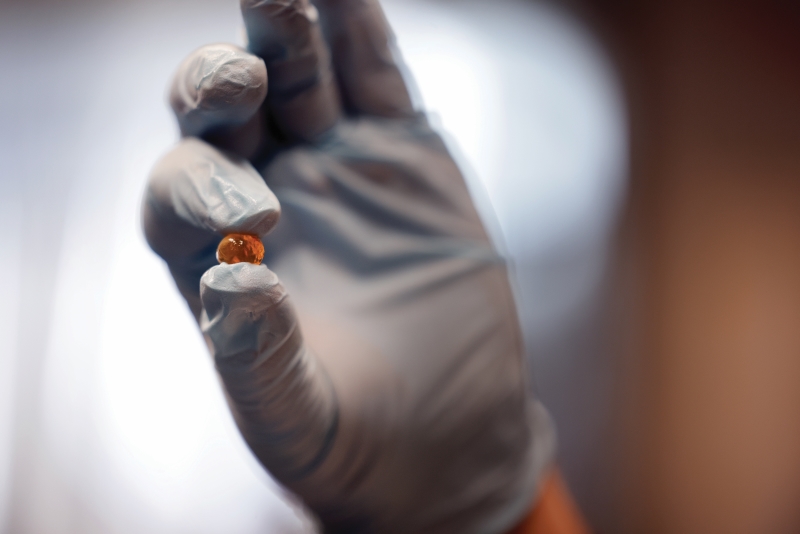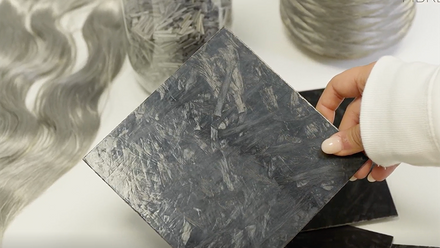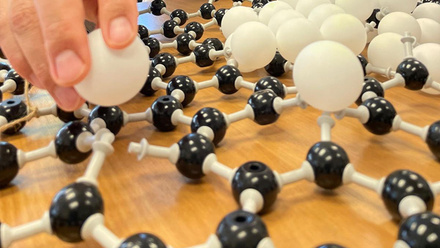Metal-free magnetic gel could enhance drug delivery
A metal-free magnetic gel could soon guide soft robots, medical devices, implants and drugs, according to its inventors in the US and Germany.

Researchers at the University of Michigan and the Max Planck Institute of Intelligent Systems claim their gel is a first for chemically bonding carbon-based, magnetic molecules to a flexible gel’s molecular network.
They believe it offers a non-toxic alternative to metallic magnets that restrict applications in soft robots and some medical applications. While further modifications to the magnet’s chemical structure could also help it degrade in the environment and body.
They envisage the gel being used in capsules that can be guided to targeted locations in the body to release medicine.
The key ingredient is TEMPO, a molecule with a ‘free’ electron that is not paired up with another electron inside an atomic bond. The spin of every unpaired TEMPO electron in the gel aligns under a magnetic field, attracting the gel to other magnetic materials.
Assistant Professor at the University of Michigan, Abdon Pena-Francesch, says these radicals are usually unstable and have a short lifespan in most molecules, but TEMPO’s structure stabilises the radical, its lifetime and function.
Additional cross-linking molecules in the polymer gel act like a frame that connects the TEMPO molecules to a solid network and form a protective cage around the TEMPO electrons. This cage prevents the unpaired electrons from forming bonds, which would nullify the gel’s magnetism.
The TEMPO magnets are weaker than metallic ones but can be pulled and bent by another magnet. The team says that this weaker magnetism means they can be used in an MRI scan, unlike stronger ones that can render MRI images useless through distortion.
As it is hard to polymerise on its own, the team used a TEMPO precursor as a building block and crosslinked the polymer network so they could generate the radicals on the already-formed network.
Locking the TEMPO molecules inside the material ensures the gel does not leak these potentially harmful molecules and allows it to stay magnetic for more than a year, report the researchers.
Pena-Francesch explains that they have tested stability with samples stored at normal ambient temperature, even when transferred between the US and German labs.
'They have the main advantage that they are soft, flexible and biocompatible. Despite being weaker, we have demonstrated that their magnetic properties are strong enough for using them in robotic applications, and their unique flexibility and biocompatibility open new opportunities for other applications,' he says.
Corresponding author Metin Sitti adds, 'Medical devices using our magnets could be used to deliver drugs to target locations and measure tissue adhesion and mechanics in the GI tract under MRI imaging.'
While acidity in the stomach can present corrosion problems for metallic magnets, it is reportedly not an issue for this gel. Pena-Francesch says they can fabricate the gels in different sizes and shapes for different body parts.
Furthermore, the gels would be degradable by adapting the network structure, so the radicals are terminated, and the network breaks away. The team is now studying how the molecular structure can affect both mechanical and magnetic properties and exploring how to improve performance.







